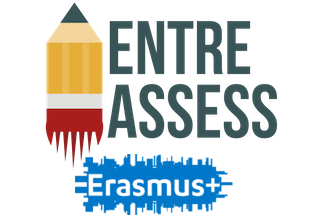 What it is: The Work-Integrated Assessment Model is a model that is applied to the design of assessments where the tasks and conditions are more closely aligned to what the user would experience within employment (work-integrated assessments).
What it is: The Work-Integrated Assessment Model is a model that is applied to the design of assessments where the tasks and conditions are more closely aligned to what the user would experience within employment (work-integrated assessments).
How it works: The model focuses on six areas of assessment which together create the conditions under which students should develop both professional and academic skills during their studies. The six dimensions are Time, Audience, Problem/Data, Collaboration, Structure and Review. The model is designed to be used individually or collaboratively between groups of academic staff which can also include students and employers.
Benefits: The model is a thinking tool to help the user or users reflect on how a current assessment might be marked on the six dimensions of the radar chart, and what changes might be made to move along. For teachers these dimensions give an overall indication of how a designed approach has worked in practice. Likewise students are prompted to reflect on their recent learning: ”How good are we at articulating academic and professional skills?”; “What skills have we been developing through this module?” and “How well can we describe our skills to employers?” The evaluation materials can be used separately as a stand-alone evaluation method for any module. Its physical approach encourages deep reflection and the ability to recognise and articulate skills developed.
Challenges: The full potential of the model will not be realised if the design of assessment tasks is approached as an individual endeavour rather than a collective one. The dimensions identified cut across modules/subjects and the adoption of a common strategy reinforces the capacity of students to reflect on and describe skills they have developed.
Relevance for entrepreneurial teaching: The model was designed and tested in a Higher Education setting but minor tweaks might make the protocol, dimensions and the tools in the evaluation package perfectly valid to ignite CPD conversations and classroom action around EE assessment of entrepreneurial skills in primary and secondary schools.
Applied assessment methods: Formative Assessment, Performance Assessment, Authentic Assessment
Examples from practice: A video of the evaluation materials used in practice can be viewed in the University of Exeter project´s website alongside a short interview with Rachel Wheeler, voicing her thoughts about students’ ability to recognise skills acquired through their studies.
Website https://as.exeter.ac.uk/aspire/aspectsofacademicpractice/assessmentandfeedback/work-integratedassessmentthecollaborateproject/aboutcollaborate/#d.en.485855


